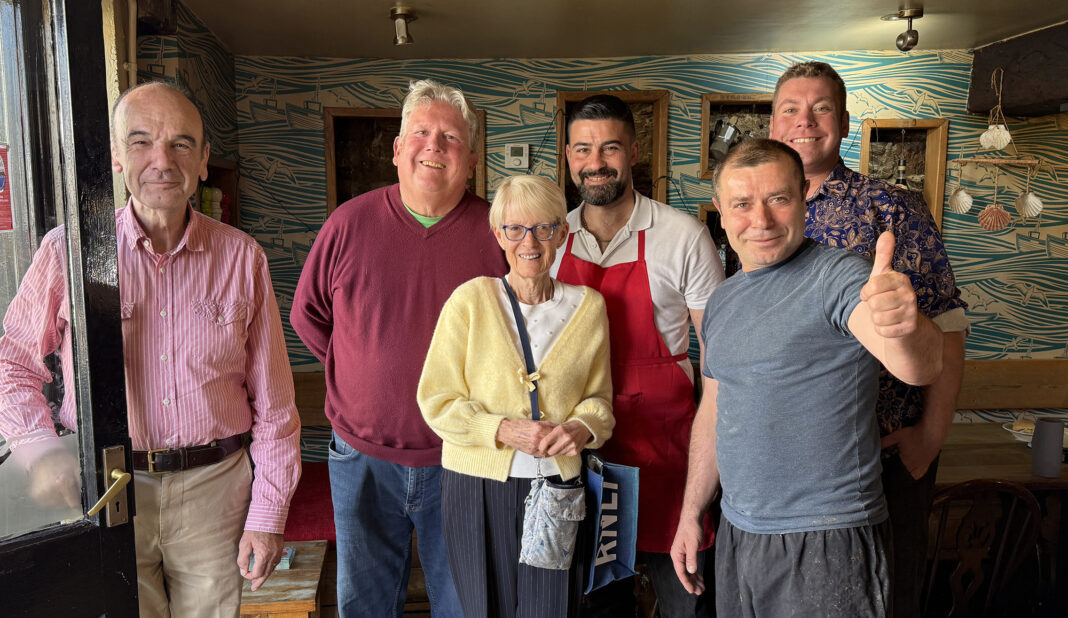For those like me with allergies and intolerances dining out can be extremely difficult, but restaurants, hotels and bars have really upped their game over the last few years. Finding a clear indication of the fourteen allergens (see below) when you look at a menu these days is widespread, helping the diner to make the correct choice. However, when there is a mixture of allergies and intolerances the scenario changes.
A friend wishing to take my husband and me out for lunch locally rang a restaurant which assured him that a restricted diet would not be a problem. When my diet sheet was sent to the chef he declined to cook for me because of the establishment’s policy of only sourcing ingredients locally. Because there was no fish on their menu it would not be possible to provide me with cod, which is the only substantial source of protein I can tolerate.
Plan B was to approach another restaurant, this time in the heart of Rye. Despite being given two full days’ notice it too was unable to source cod for me. Had I been able to go there to eat I would have passed the town’s fish market, three minutes away, and could have bought a piece of cod myself.
So plan C was to go to Simply Italian which happily sourced me a beautiful piece – actually two pieces – of cod, serving it with the four vegetables that I am allowed to eat. The service was wonderful and the chef checked that my meal was perfect. Thank you Simply Italian for going the extra mile.
I have also had wonderful meals at the Mermaid Inn, the George, Webbe’s Fish Café, and Fletchers (when it was a restaurant) where all the chefs sourced the ingredients I am allowed, all ten of them, and provided me with a memorable meal.
The Food Standard Agency’s list fourteen allergens: celery, cereals containing gluten (such as wheat, rye, barley, and oats), crustaceans (such as prawns, crabs and lobsters), eggs, fish, lupin, milk, molluscs (such as mussels and oysters), mustard, peanuts, sesame, soybeans, sulphur dioxide and sulphites (if the sulphur dioxide and sulphites are at a concentration of more than ten parts per million) and tree nuts (such as almonds, hazelnuts, walnuts, Brazil nuts, cashews, pecans, pistachios and macadamia nuts).
The list also applies to additives, processing aids and any other substances which are present in the final product.
Image Credits: Simply Italian .




Simply Italian are great KT also disabled friendly as well.
The main challenge when eating out in Rye is to find a restaurant that is reasonably priced. Don’t get me started on the wine prices, £20 plus for a £5 bottle.
It’s silly to compare what you would pay for wine in a supermarket compared to what you pay in a restaurant. That always has been how restaurants make a profit. There’s very little profit in food. The profit comes from drinks, soft drinks and alcohol. Rye fortunately has a few nice places to eat, and their prices are not inflated by any means. They are on a par with the better establishments in any other town or city.